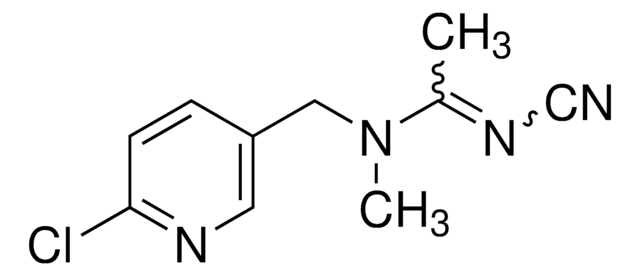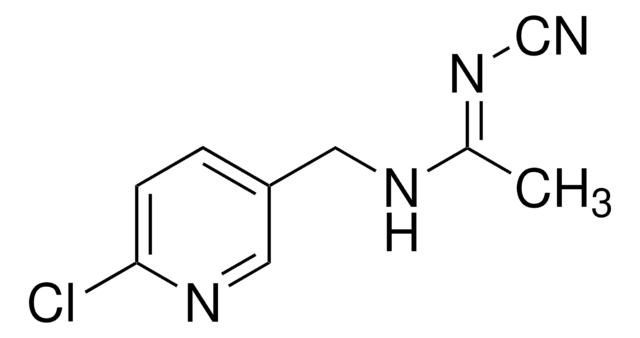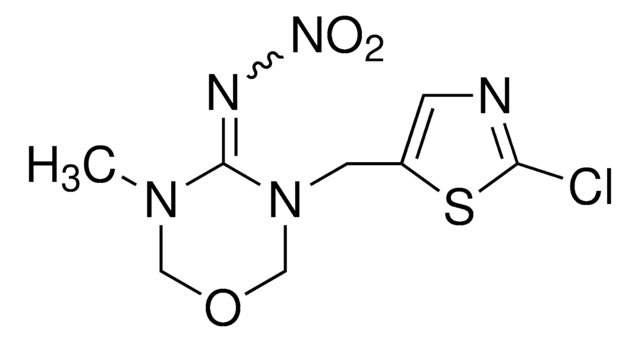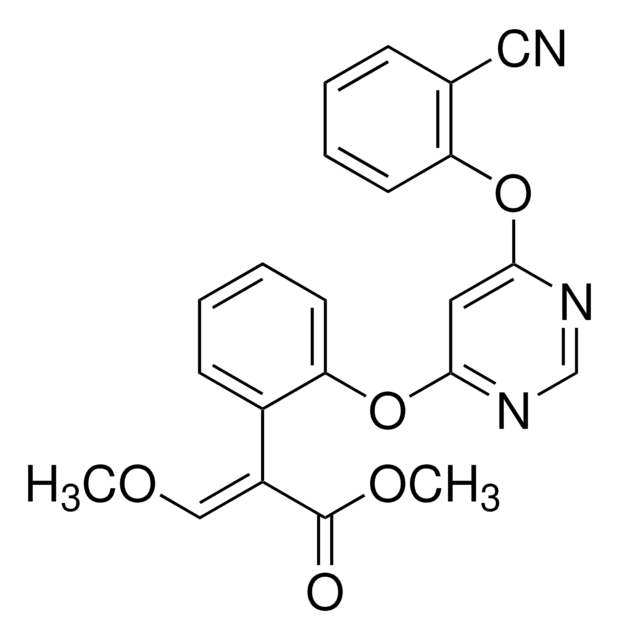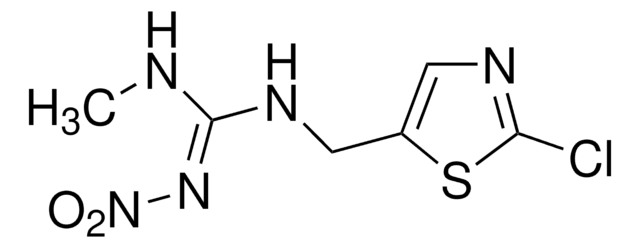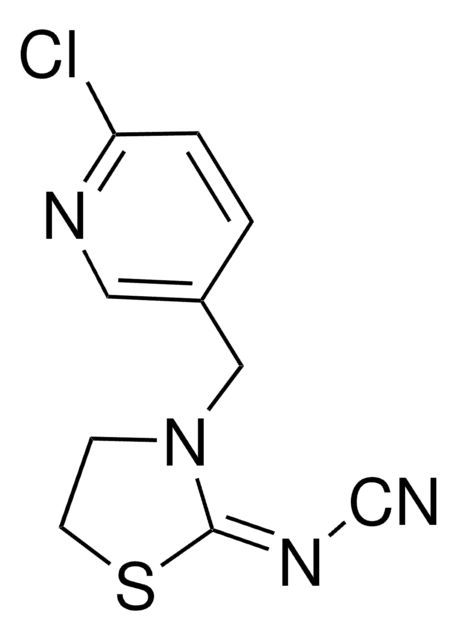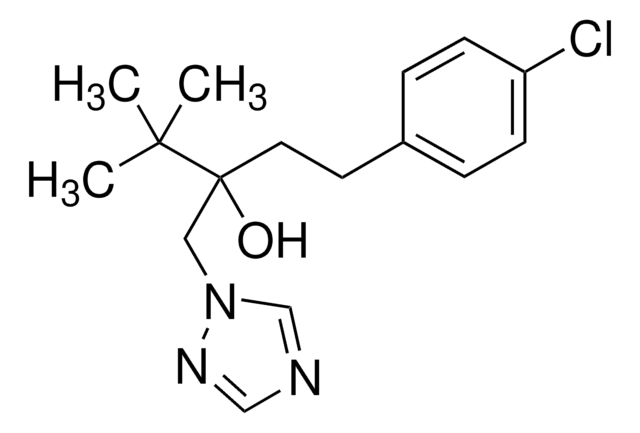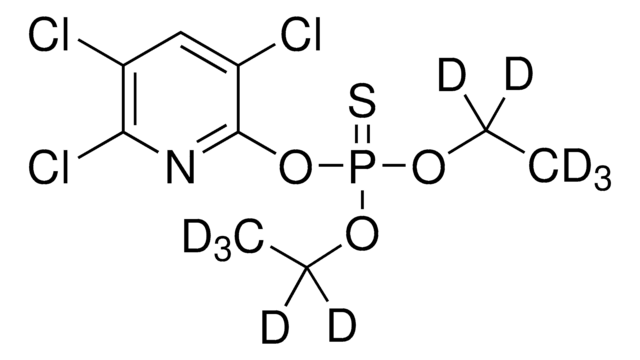おすすめの製品
グレード
analytical standard
品質水準
同位体純度
≥99.0 atom % D
製品種目
PESTANAL®
アッセイ
≥98.0% (HPLC)
シェルフライフ
limited shelf life, expiry date on the label
テクニック
HPLC: suitable
gas chromatography (GC): suitable
アプリケーション
agriculture
フォーマット
neat
質量シフト
M+3
SMILES記法
[2H]C([2H])([2H])N(Cc1ccc(Cl)nc1)\C(C)=N\C#N
InChI
1S/C10H11ClN4/c1-8(14-7-12)15(2)6-9-3-4-10(11)13-5-9/h3-5H,6H2,1-2H3/b14-8+/i2D3
InChI Key
WCXDHFDTOYPNIE-WZAFYLDHSA-N
詳細
see also 46451
アプリケーション
包装
法的情報
適切な製品が見つかりませんか。
製品選択ツール.をお試しください
シグナルワード
Danger
危険有害性情報
危険有害性の分類
Acute Tox. 2 Inhalation - Acute Tox. 3 Oral - Eye Irrit. 2 - Skin Irrit. 2 - STOT SE 3
ターゲットの組織
Respiratory system
保管分類コード
6.1A - Combustible acute toxic Cat. 1 and 2 / very toxic hazardous materials
WGK
WGK 3
引火点(°F)
Not applicable
引火点(℃)
Not applicable
この製品を見ている人はこちらもチェック
プロトコル
Learn more about Neonicotinoids - active substances used in plant protection products to control harmful insects.
On Friday, April 27, 2018, the European Union decided to ban the use of three neonicotinoid insecticides from use on field crops, having deemed them dangerous to bees. This application demonstrates the analysis of these banned compounds and others from dandelion blossoms using QuEChERS and LC-MS.
ライフサイエンス、有機合成、材料科学、クロマトグラフィー、分析など、あらゆる分野の研究に経験のあるメンバーがおります。.
製品に関するお問い合わせはこちら(テクニカルサービス)